Political Law at Ukraine
Ukraine's political law is primarily based on the Constitution of Ukraine, adopted in 1996, which establishes the framework for Ukraine's political system and the relationship between the executive, legislature, and judiciary. Over the years, Ukraine's political system has undergone significant changes, particularly following its independence from the Soviet Union in 1991 and the series of political movements and revolutions, such as the Orange Revolution (2004) and the Euromaidan Revolution (2014), which have had a profound impact on its political law.
Since 2014, Ukraine has also faced substantial challenges, particularly from Russia, which annexed Crimea and has supported separatist movements in eastern Ukraine, leading to a protracted conflict in the Donbas region. Despite these challenges, Ukraine continues its path towards democracy, rule of law, and European integration.
Overview of Ukraine's Political System
1. Constitutional Framework
Constitution of Ukraine: The Constitution, adopted on June 28, 1996, is the supreme law of Ukraine, defining the state's political structure and legal principles. It enshrines fundamental rights and freedoms, as well as the separation of powers between the executive, legislature, and judiciary.
Amendments: The Constitution has undergone amendments, particularly in 2004, which shifted Ukraine from a presidential to a parliamentary-presidential system. However, the 2010 Constitutional Court ruling reversed many of these changes, returning the system to a presidential-parliamentary republic. After the Euromaidan Revolution, Ukraine underwent another set of reforms, and the 2014 amendments restored a parliamentary-presidential system with stronger democratic mechanisms.
2. Executive Branch
President: The President of Ukraine is the head of state and is elected for a five-year term by direct popular vote. The president has significant powers, including:
Foreign policy and national defense.
The ability to appoint and dismiss the prime minister (with the consent of the Verkhovna Rada).
The right to veto laws, though the veto can be overridden by a two-thirds majority of the Verkhovna Rada.
The authority to appoint and dismiss key judges, although this process is subject to checks and balances.
The commander-in-chief of the Armed Forces.
Presidential Decrees: The president can issue decrees, but they cannot contradict laws passed by the legislature.
Prime Minister: The Prime Minister of Ukraine is appointed by the president but must be confirmed by the Verkhovna Rada (parliament). The prime minister is responsible for the day-to-day administration of the government and implementing policies. The prime minister’s powers are subordinate to the president but have become more significant in recent years, especially after the 2014 reforms.
Cabinet of Ministers: The Cabinet of Ministers is the highest executive body, composed of the prime minister, ministers, and other members. The cabinet implements policies and oversees the work of various ministries.
3. Legislature (Verkhovna Rada)
The Verkhovna Rada is Ukraine's unicameral legislature. It consists of 450 deputies elected for a five-year term using a mixed-member proportional representation system. The Verkhovna Rada is responsible for passing laws, approving the budget, and holding the executive branch accountable.
Powers of the Verkhovna Rada:
Lawmaking: The Rada passes laws that regulate various aspects of public life, from economic policy to human rights and foreign relations.
Approval of Appointments: The Rada confirms the Prime Minister and has the right to dismiss the government through a vote of no confidence.
Budgetary Control: The legislature plays a key role in approving the national budget, though the president also has significant influence in this area.
Veto Power: The Rada can override the president’s veto with a two-thirds majority.
Political Parties and Factions: Ukraine's political system is multifaceted with many political parties representing a range of ideologies, from pro-European parties to more nationalist or pro-Russian factions. The landscape of Ukrainian politics is often fluid, with coalition governments being common due to the competitive nature of elections and fragmented party politics.
4. Judiciary
Judicial System: Ukraine’s judiciary is constitutionally independent, but it has faced criticism for corruption and inefficiency. The judiciary is responsible for interpreting the Constitution, ensuring the rule of law, and protecting the rights of citizens.
The Supreme Court: The Supreme Court of Ukraine is the highest judicial authority in the country and oversees the judicial system’s functioning. It has the authority to interpret laws and make final decisions in legal disputes.
Constitutional Court: The Constitutional Court of Ukraine is responsible for reviewing laws, decrees, and other legal acts to ensure their compliance with the Constitution. It also rules on issues related to the powers of the different branches of government.
Reform Efforts: Since the 2014 revolution, Ukraine has made significant efforts to reform its judiciary, including the establishment of the High Council of Justice and the High Qualifications Commission to select judges and ensure judicial accountability. However, challenges with corruption and political influence remain.
5. Political Parties and Participation
Multiparty System: Ukraine has a multiparty system, which reflects the ideological diversity in the country. Some of the major parties include:
Servant of the People: The party founded by President Volodymyr Zelenskyy, focused on anti-corruption and reforms.
Opposition Platform – For Life: A pro-Russian party, representing the interests of Ukraine's Russian-speaking population, particularly in the east.
Fatherland (Batkivshchyna): A center-right party led by former Prime Minister Yulia Tymoshenko.
European Solidarity: A pro-European, center-right party, once led by former president Petro Poroshenko.
Radical Party of Oleg Lyashko: A populist and nationalist party.
Elections: Ukraine holds presidential elections every five years and parliamentary elections every five years. Parliamentary elections are held using a mixed-member proportional representation system, where a portion of seats is filled by party lists, and the remainder is filled through single-member constituencies.
Electoral Integrity: Ukraine's elections are generally competitive and open, but they have been marked by issues such as electoral fraud, vote-buying, and foreign interference, particularly during the 2014 election and the ongoing conflict in the Donbas region. Ukraine has made reforms to improve electoral transparency, including the introduction of digital voter registration and reforms to reduce corruption.
6. Human Rights and Freedoms
Rights and Freedoms: The Constitution guarantees fundamental rights and freedoms, including freedom of speech, assembly, and religion. However, human rights issues persist, particularly in the areas of press freedom, corruption, and minority rights.
Freedom of Speech and Media: Ukraine's media environment is relatively free compared to many other post-Soviet states. However, journalists and media outlets face threats, harassment, and legal challenges, particularly if they report on corruption or sensitive political issues. The war with Russia has also led to restrictions on media from separatist-controlled areas.
Minority Rights: The Ukrainian Constitution guarantees the protection of the rights of national minorities, including the Russian-speaking population. However, the treatment of ethnic minorities such as Crimean Tatars has been a contentious issue, particularly in the aftermath of Russia’s annexation of Crimea in 2014.
LGBTQ Rights: While Ukraine has made some progress in advancing LGBTQ+ rights, the community still faces significant social stigma, and there are no laws protecting against discrimination on the basis of sexual orientation or gender identity.
7. Foreign Relations and Security
European Union (EU): Ukraine has made significant efforts to align itself with the European Union, particularly after the Euromaidan Revolution in 2014. This includes signing an Association Agreement with the EU, which grants Ukraine access to EU markets and cooperation in areas such as political reforms, security, and trade.
NATO: Ukraine has expressed interest in joining NATO and has sought closer cooperation with the alliance, particularly in the wake of the Russian annexation of Crimea and the ongoing conflict in eastern Ukraine.
Russia: The relationship with Russia has been central to Ukraine’s foreign policy since 2014. Russia's annexation of Crimea and its support for separatist movements in eastern Ukraine have led to a prolonged and bloody conflict in the Donbas region. Ukraine’s foreign policy has been focused on deterring Russian aggression and strengthening ties with Western nations and organizations like NATO and the EU.
United States: The United States has been a key ally for Ukraine, particularly in providing military aid, diplomatic support, and economic sanctions against Russia.
Conclusion
Ukraine's political law is based on a presidential-parliamentary system and has undergone significant reforms, particularly after the Euromaidan Revolution (2014). The country faces numerous challenges, including Russian aggression, corruption, and the ongoing conflict in eastern Ukraine. However, Ukraine continues to strive for greater democratic reforms, rule of law, and integration into the European Union and NATO. The political system remains dynamic, with frequent changes in leadership, political parties, and policy direction as Ukraine navigates both domestic and international challenges.


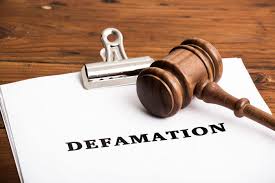



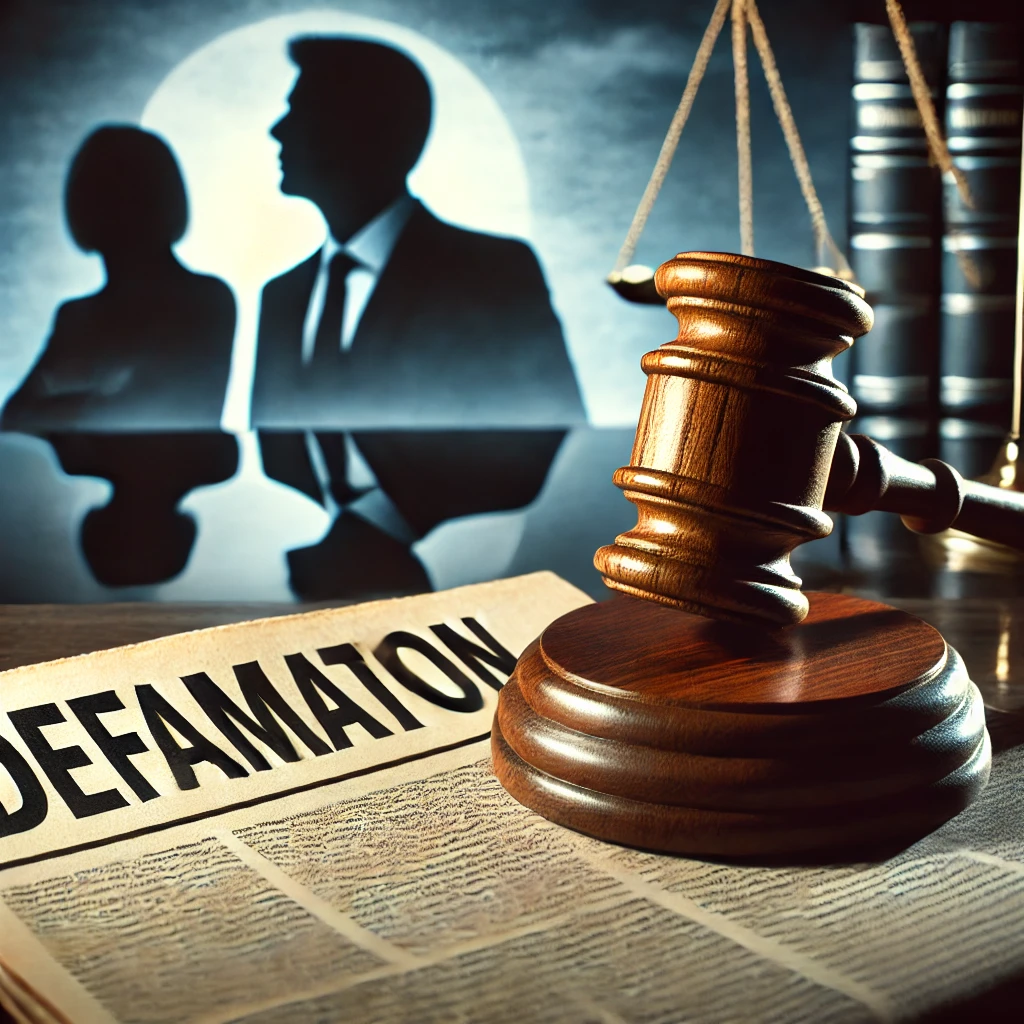
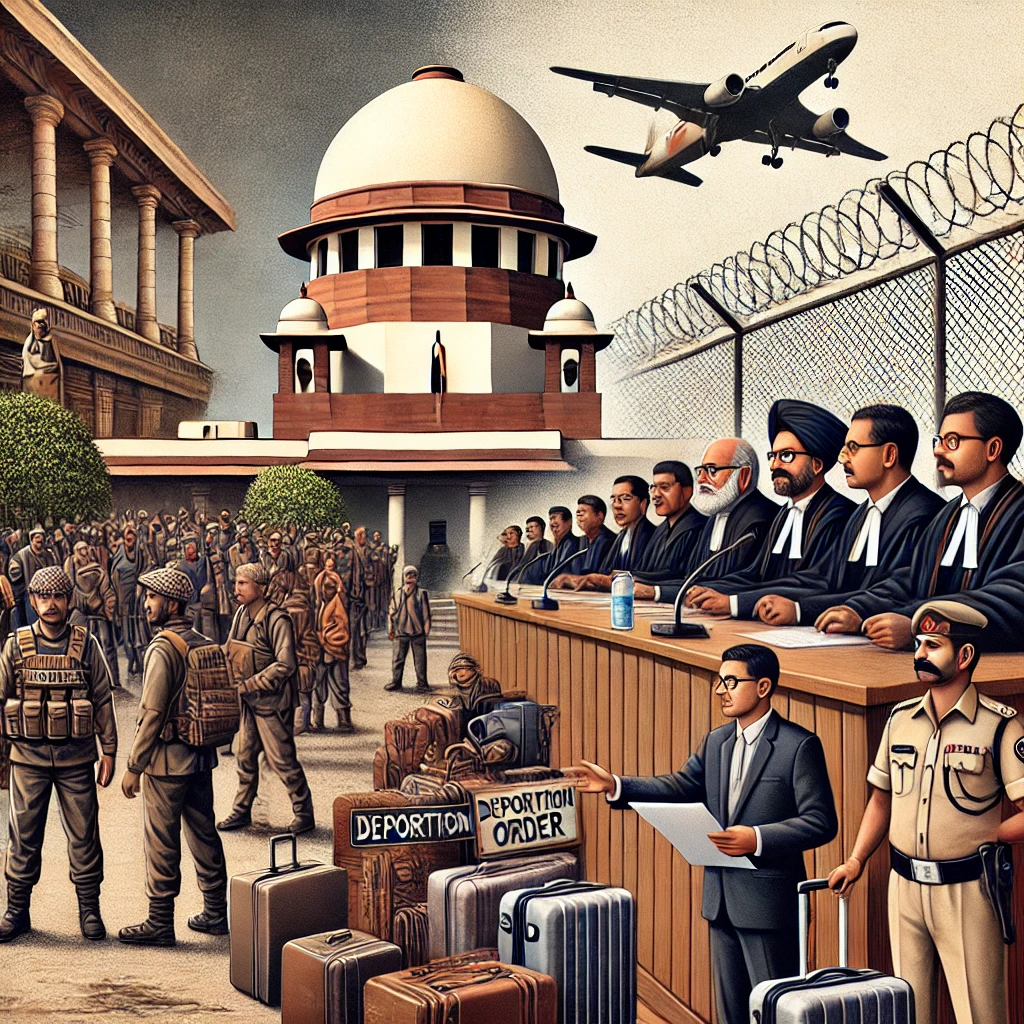

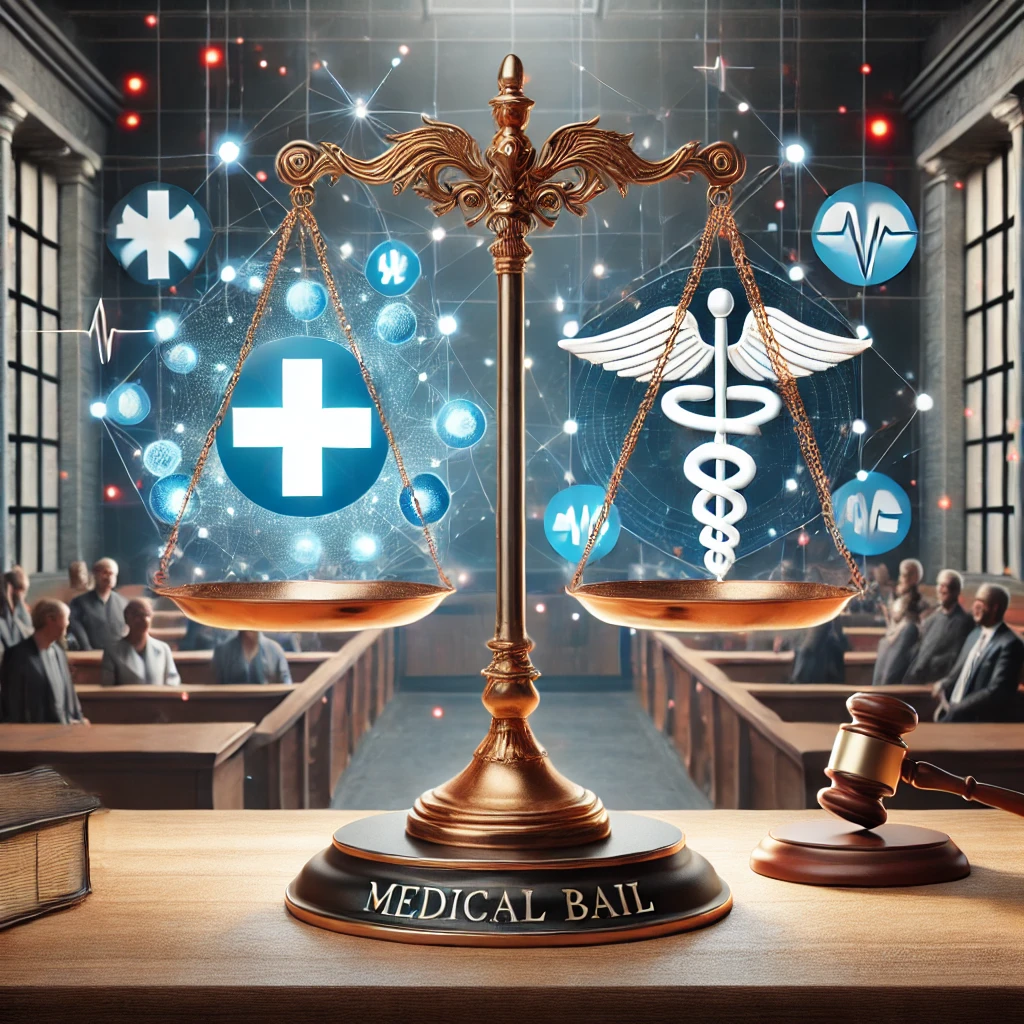







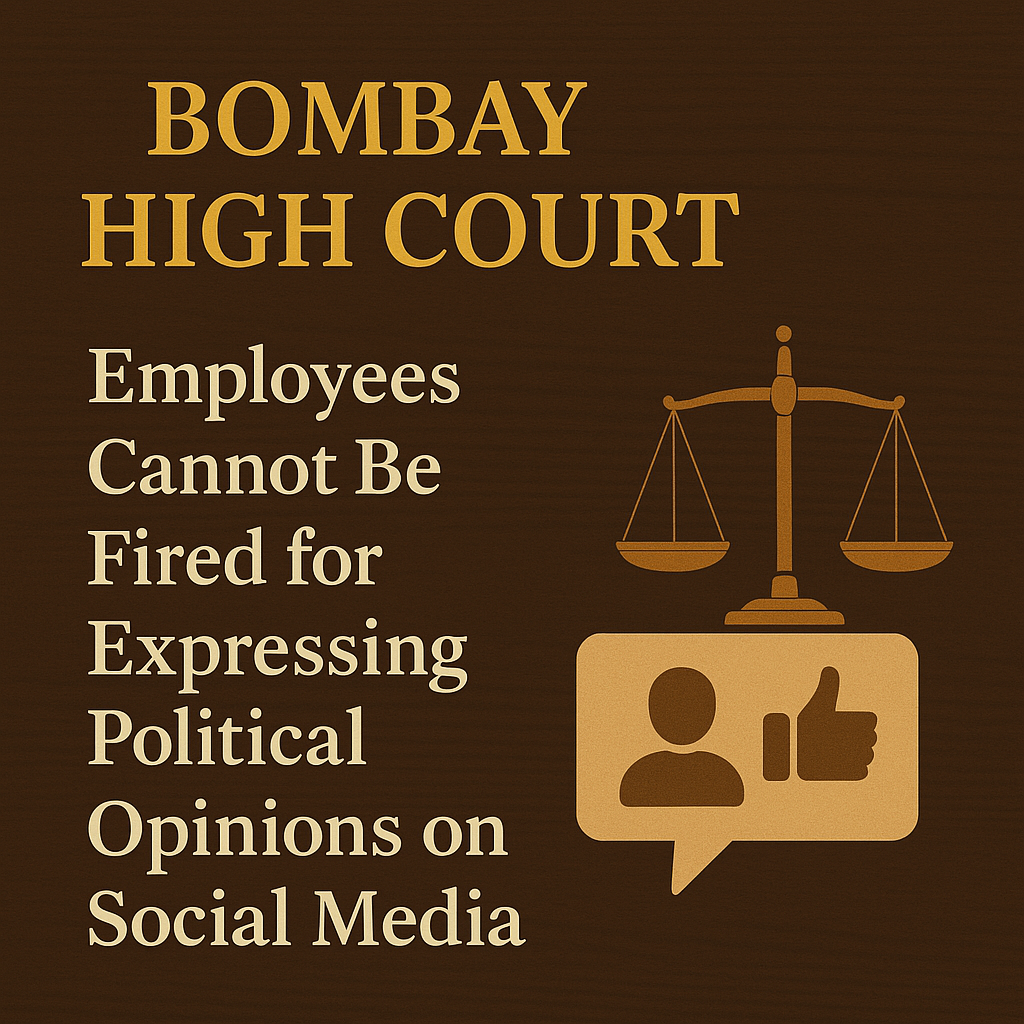



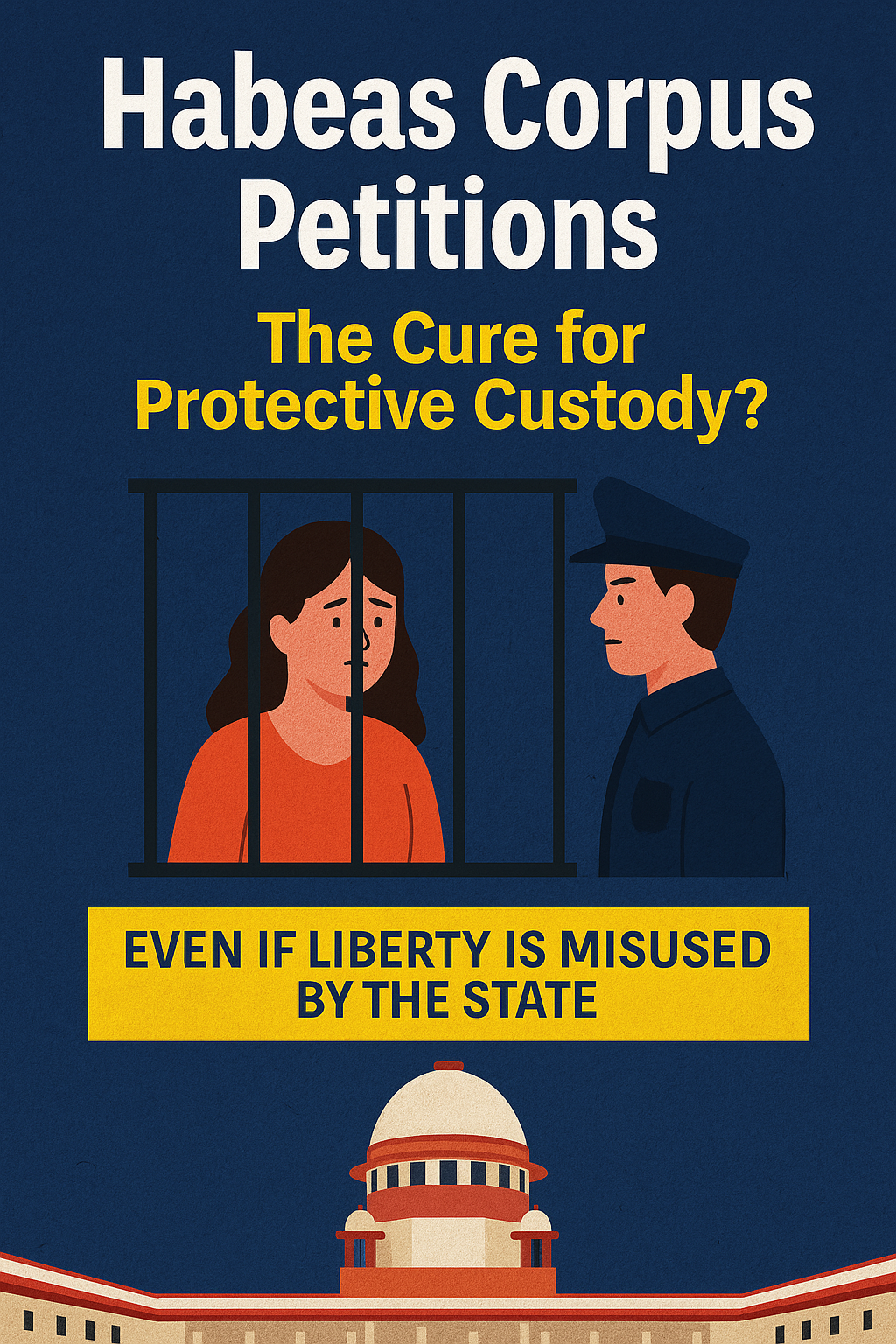
0 comments